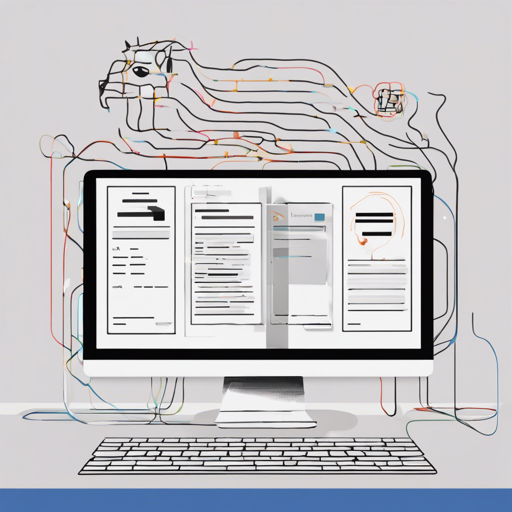In the ever-evolving world of AI, creating long, coherent text has become a crucial task. Enter LongWriter-Llama3.1, a model derived from Meta-Llama-3.1-8B, capable of generating over 10,000 words at once. This blog will guide you through the process of deploying and using this powerful tool.
Getting Started with LongWriter-Llama3.1
Before you dive into generating your content, you need to set up your environment properly. Below, you’ll find the necessary steps to start harnessing the capabilities of LongWriter-Llama3.1.
Prerequisites
- Python installed on your machine.
- Pip for package management.
- Access to the LongWriter datasets and repositories. Check out the LongWriter Dataset and the Github Repo.
Code Setup for LongWriter-Llama3.1
Here’s how to set up your code for deployment:
from transformers import AutoTokenizer, AutoModelForCausalLM
import torch
tokenizer = AutoTokenizer.from_pretrained('THUDMLongWriter-llama3.1-8b', trust_remote_code=True)
model = AutoModelForCausalLM.from_pretrained('THUDMLongWriter-llama3.1-8b', torch_dtype=torch.bfloat16, trust_remote_code=True, device_map='auto')
model = model.eval()
query = "Write a 10000-word China travel guide"
prompt = f"[INST]{query}[INST]"
input = tokenizer(prompt, truncation=False, return_tensors='pt').to(device)
context_length = input.input_ids.shape[-1]
output = model.generate(
**input,
max_new_tokens=32768,
num_beams=1,
do_sample=True,
temperature=0.5,
)[0]
response = tokenizer.decode(output[context_length:], skip_special_tokens=True)
print(response)
Understanding the Code through Analogy
Imagine you are trying to prepare a grand feast. First, you need the right ingredients (the tokenizer and model). You gather them (load them using AutoTokenizer and AutoModelForCausalLM). After that, you come up with a recipe (the query, such as a travel guide). You then prepare your cooking space (the input tensors), ensuring it’s ready for action. Finally, you begin to cook (generate the text), adjusting the heat (parameters like temperature) until those delightful flavors (words) come together perfectly. The grand output? A beautifully cohesive 10,000-word document!
Troubleshooting Tips
Should you encounter issues while deploying the LongWriter model, consider the following troubleshooting ideas:
- Ensure that your Python and pip versions are compatible with the libraries required.
- Check that your model weights are correctly downloaded and accessible.
- Increase the memory allocation if you’re facing out-of-memory errors, especially when generating large outputs.
- For more insights, updates, or to collaborate on AI development projects, stay connected with fxis.ai.
Conclusion
LongWriter-Llama3.1 is an exceptional tool to generate extensive text with minimal friction. By following the guide above, you can easily set up and utilize this model to produce impressive pieces of writing.
At fxis.ai, we believe that such advancements are crucial for the future of AI, as they enable more comprehensive and effective solutions. Our team is continually exploring new methodologies to push the envelope in artificial intelligence, ensuring that our clients benefit from the latest technological innovations.

